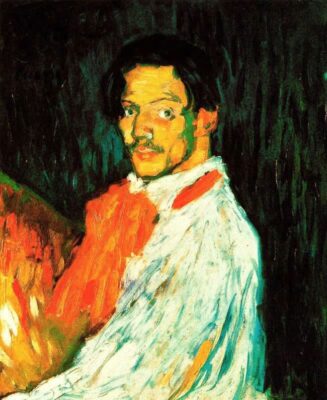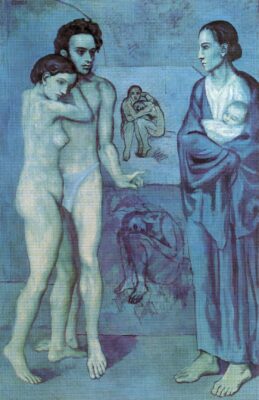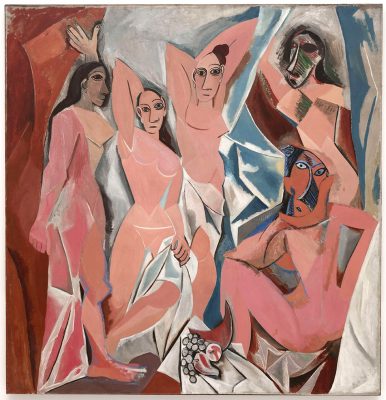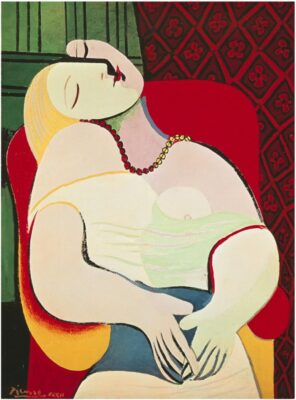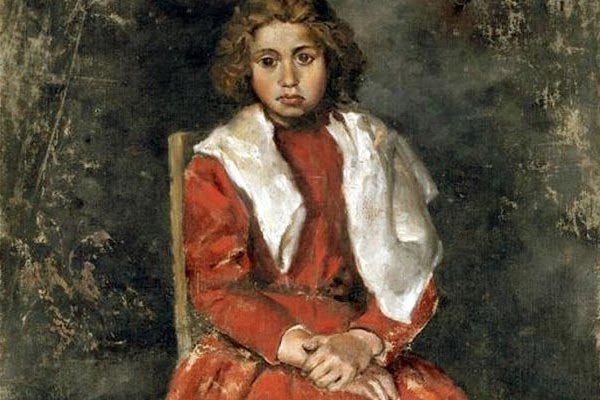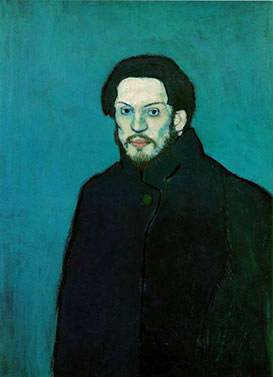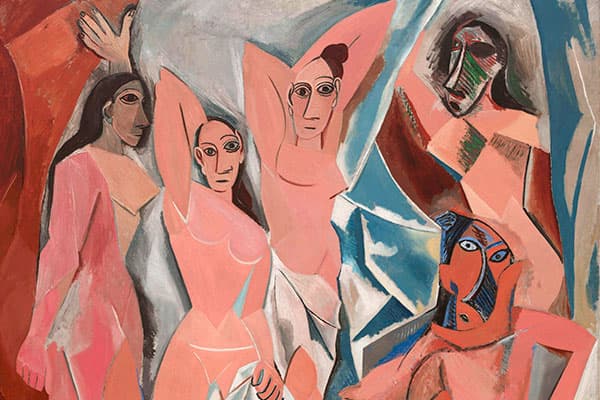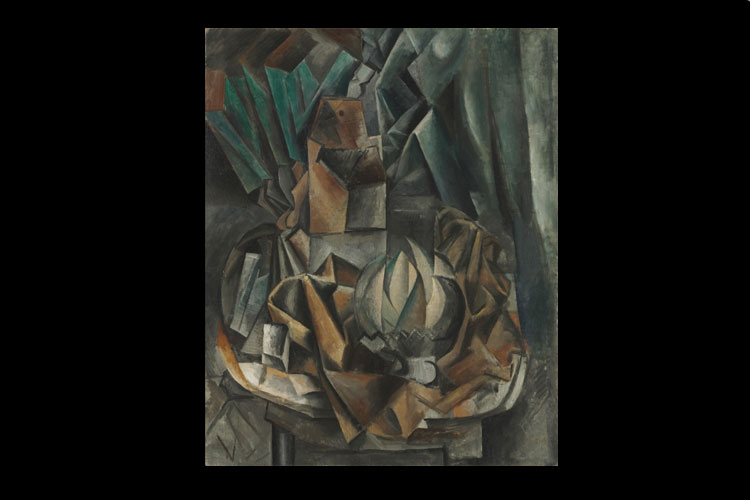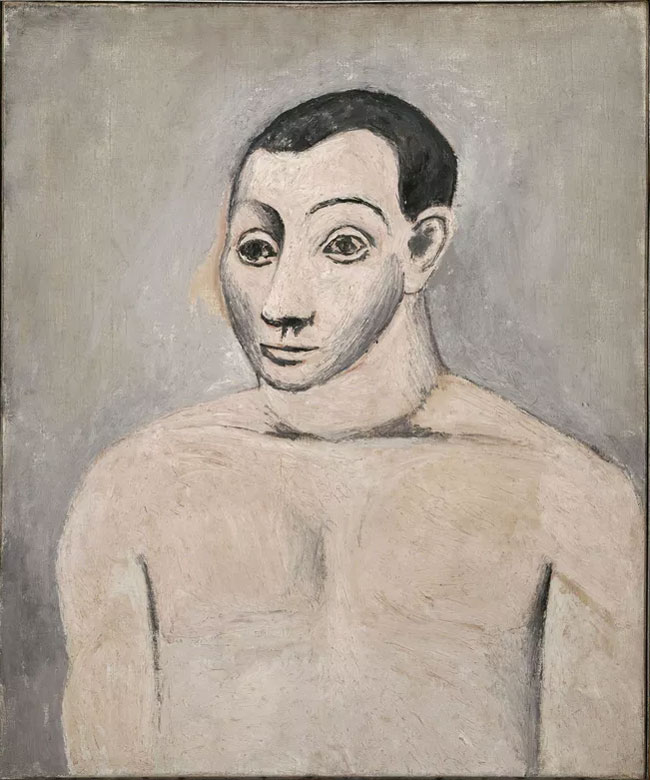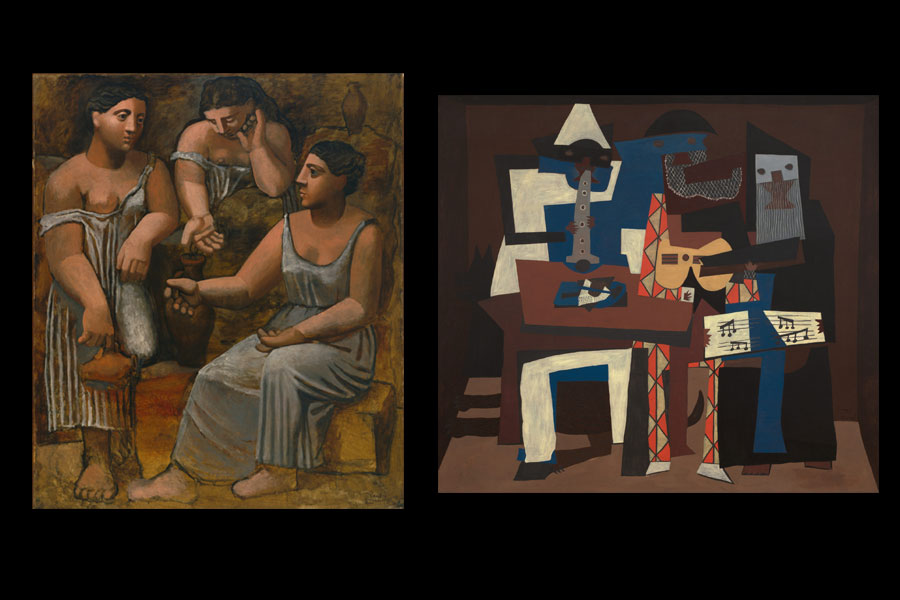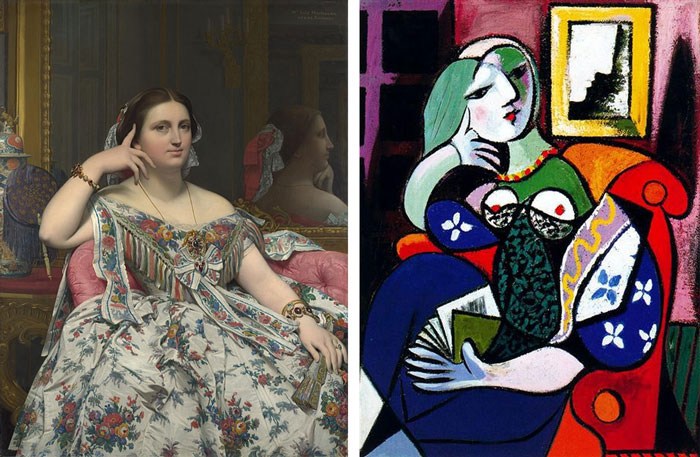Pablo Picasso
«Todos sabemos que el Arte no es la verdad. El arte es una mentira que nos hace comprender la verdad.»
Pablo Picasso
Admirado y odiado a partes iguales, Pablo Picasso (1881-1973) cambió el arte para siempre. Fue para la Historia del Arte un gigantesco terremoto de consecuencias irreversibles. Nadie se esforzó más que Picasso en crear la vanguardia. Y nadie puso mayor empeño en destruirla. Miró a los maestros de la pintura antigua y creó un estilo personal que fue imitado por artistas de todo el mundo. En sus últimos años, sus obras son a menudo algo aburridas y poco emocionantes, pero su legado inigualable ya estaba establecido. Para bien o para mal.
Imagen: Pablo Picasso: «Yo, Picasso», 1901. Óleo sobre lienzo. Colección privada
«Me llevó pocos años aprender a pintar como Rafael, pero me llevó toda la vida aprender a pintar como un niño«, dijo Pablo Picasso en una de sus citas más célebres. La frase, aparentemente banal en comparación con la complejidad de gran parte de la obra picassiana (especialmente la de su periodo cubista), puede ser no obstante la síntesis más certera de la carrera del artista, de su incansable actividad, de lo variado de su producción artística (pintura, escultura, grabado, cerámica…), de su deseo por probar todas las tendencias y estilos artísticos, pero sin comprometerse demasiado tiempo con un estilo en particular. En palabras de Thomas Köster, «la vida de Picasso, en general, puede verse como un intento de redescubrir la vida, los animales, las personas y las cosas sencillas en todo momento, y con la curiosidad de un niño«.
Pablo Ruiz Picasso nació en Málaga en 1881. Comenzó a pintar muy pronto, y de su poco conocida etapa en A Coruña hemos escrito un ensayo aquí en theartwolf.com. Siendo adolescente, en Barcelona, pinta “La Primera Comunión”, obra realista y con una técnica impropia de un chico de 14 años. En 1901, prácticamente sin cumplir los 20 años, se traslada a París, y es allí donde Picasso empieza a cambiar el rumbo del arte.
En Montmartre, entre 1901 y 1904 tiene lugar el “Periodo Azul” del artista, caracterizado por las obras de fondo triste y melancólico, provocado por la difícil situación del pintor y por el suicidio de su amigo Carlos Casagemas. “La Vie” y “Le Vieux Guitariste” son posiblemente las obras más representativas de este periodo. Al Periodo Azul le sigue el llamado “Periodo Rosa”, con sus características imágenes de acróbatas y personajes de circo, como en “La familia de saltimbanquis” de 1905. Hacia finales de este periodo (1906-1907), Picasso muestra su interés por el arte africano, que inspiraría varias obras hasta el final de esta década. Sobre la influencia del arte africano en Picasso se ha debatido mucho, y parece acertada la observación de Guy Habasque sobre que Picasso, más que encontrar soluciones técnicas en el arte africano, «halló en este arte radicalmente apartado de los criterios estéticos occidentales la confirmación de la posibilidad de crear un modo de expresión totalmente separado de la visión clásica del mundo y de los medios tradicionales de percibirlo.» (Guy Habasque, «Cubismo», 1984).
Pablo Picasso: “La Vie”, 1903. Óleo sobre lienzo, 239 x 170 cm. Cleveland Museum of Art. ·· Pablo Picasso: “Les Demoiselles d’Avignon”, 1907. Óleo sobre lienzo, 244 x 234 cm. Museum of Modern Art, New York.
En 1907, Picasso pinta su indiscutible obra maestra, y posiblemente la pintura más importante del siglo XX: “Les Demoiselles d’Avignon”, que muchos críticos señalan como una réplica a “La Alegría de Vivir” de Henri Matisse, sustituyendo el colorido y tono alegre de aquella por una sensación oscura y perturbadora. En esta pintura, no existe un fondo ni un primer plano, no hay ni rastro de perspectiva, y los escorzos presentes en los cinco personajes femeninos hacen imposible identificar un único punto de vista, sensación aumentada por la ausencia total de luces y sombras. Inspirada por las máscaras africanas, por la obra de Cézanne, y quizás por la “Visión del Apocalipsis” de El Greco, esta obra inaugura el Periodo Cubista, que duraría hasta finales de la década siguiente.
Tras este revolucionario periodo cubista, Picasso adoptaría un estilo neoclásico (como por ejemplo, “La flûte de Pan”, conservada hoy en el Musée Picasso de París, así como varios retratos de su entonces mujer, Olga Khokhlova), con el que trabajaría durante la mayor parte de la década de 1920. En 1925 se une “oficialmente” al movimiento surrealista de André Breton, aunque sus primeras obras en este estilo no llegarían hasta un año después. En esta época, colabora con el escultor Julio González, y crea alguna de sus obras más destacadas en el campo de la escultura.
En 1927 empieza su relación con Marie-Thérèse Walter, que sería su musa durante gran parte de la década siguiente, incluyendo su “hiperactivo” año de 1932, donde pinta docenas de obras de gran sensualidad, como “Mujer frente al espejo” del MoMA o “Le rêve”, conservada en una colección privada. En esta década realiza una importante serie de grabados la llamada “Suite Vollard”.
Al comienzo de la Guerra Civil, Picasso apoya claramente al bando republicano. En 1937 pinta una de las obras más famosas del siglo XX, el “Guernica”, expuesta en la “Exposition Internationale des Arts et Techniques” de París ese mismo año. La obra, que se conservó en Nueva York hasta su devolución a España en 1981, sigue siendo hoy en día un símbolo pacifista y una denuncia contra las atrocidades de la guerra.
Pablo Picasso: “La Rêve”, 1932. Óleo sobre lienzo, 130 × 97 cm. Colección particular. ·· Pablo Picasso: “Guernica”, 1937. Óleo sobre lienzo, 349 x 777 cm. Museo Reina Sofía, Madrid.
En la década siguiente conocería a Dora Maar, que se convertiría en su musa. La relación entre Maar y Picasso, que todavía consideraba a Marie-Thérèse Walter como pareja, es todavía motivo de estudios, y existen bastantes evidencias de que Picasso maltrató a ambas, con total seguridad de forma psicológica y probablemente también física.
Desde este punto hasta su muerte, en 1973, la obra de Picasso resulta de mucho menor interés que la anterior, destacando su obra sobre cerámica y sus interpretaciones de obras clásicas, como “Las Meninas” de Velázquez o “Las Mujeres de Argel” de Delacroix.
Las obras de Picasso han batido varios récords de cotización, tanto para artistas del siglo XX como récords absolutos, destacando la venta, en 2004, de “Garçon à la pipe” por 104 millones de dólares, y de la última versión de “Les femmes d’Alger” por 179,4 millones en 2015.
Obras Maestras de Picasso
Más sobre Pablo Picasso
Follow us on:

